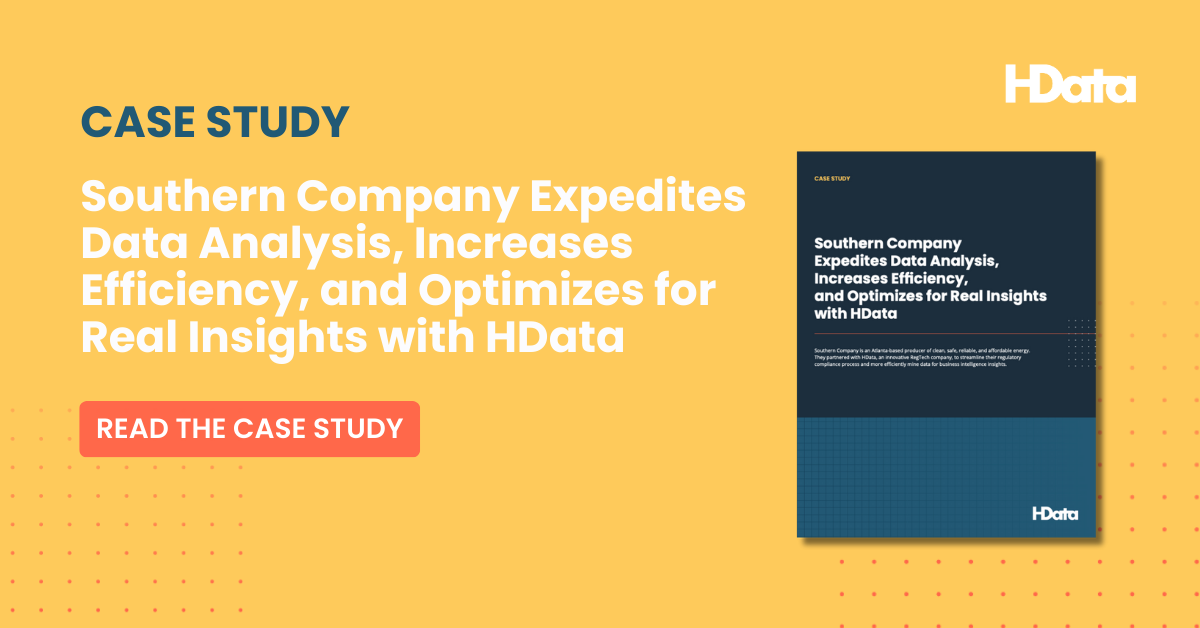Artificial Intelligence (AI) is ushering in a transformative wave of technology-driven chance. Across industries of all types, workflows are changing for the better, leadership teams are realizing greater than ever efficiency, and workers are liberated to do more strategic, contemplative work with their time.
AI transformation in action
Take healthcare, for example. AI-powered diagnostic tools are revolutionizing the way medical professionals analyze patient data. Machine learning algorithms can quickly scan medical images like X-rays and MRIs to detect anomalies. This change alone is leading to quicker diagnoses. Patients get faster access to treatment plans, and physicians can spend more of their time refining protocols and attending to patient care.
AI is also reshaping the financial sector. There, the tool is used to assess and predict market trends. Algorithmic trading systems autonomously make split-second decisions based on vast amounts of data, increasing the speed and accuracy of financial transactions. With the help of AI, financial institutions are better able to manage risk and optimize investment strategies. Their clients get white-glove, AI-assisted service, and advisors can spend more of their time building relationships and understanding their clients goals and needs.
AI in the regulated energy industry
There is perhaps no industry more primed for change than ours. After all, AI is most impactful in areas of big data, repetitive tasks, specified workflows, and statistical analysis. And the regulated energy sector is chock full of that.
The level of opportunity is immense.
Take just FERC Form 1. It’s hundreds of pages long. For each regulated energy company that files it, the form contains thousands of data points relating to:
- Total electric retail sales
- Average price to retail customers
- Average retail rate
- Total net income or loss
- Average price to wholesale customers
- Total fuel used
- Operation and maintenance expenses
- Average price to retail customers
- Number of employees
- Number of customers
And because the filings are annual, that data gets added to year after year.
There are incredible insights buried within this data that would help any energy company benchmark their financial performance, find out how they’re faring in operational efficiency, or even generate justification for a rate raise. But to go through all that data manually? It would take even the most well-staffed team hundreds of hours.
Imagine that same scenario with the help of AI. Data can be scoured in minutes. Year-over-year comparisons are a breeze. Data can be exported in tables, charts, or visualizations. And every bit of intel comes with a source link and verifiable attribution. Analysts can finally spend time contemplating data instead of collecting and arranging it. Legal teams can uncover substantiating rate data immediately. And public utilities commissions can save payors millions.
That’s the level of change we’re alluding to when we reference AI-led transformation.
Who’s going to benefit?
The short answer is: anyone who spends a lot of time working with regulated energy data.
The insights buried in those thousands-page long FERC reports and state-level filings are immense. When they can be accessed in mere minutes instead of months, utilities providers are going to be able to optimize operations within plans, benchmark performance across the industry, calculate or substantiate claims for base rates, and more. Investors will use this data to plan financial strategies. Regulatory bodies will use AI to search out anomalies, do comparative reports, and find records of key testimony in rate cases. Legal teams, consultants, watchdogs, and other outside interested parties will benefit, too.
The applications are broad. But whatever data a team may be looking for, Regulatory AI is going to make accessing it easy.
Are you interested in getting on the cusp of incredible change? Curious to see first-hand what HData products can do for your workflows? Request a copy of our ebook to learn more.


